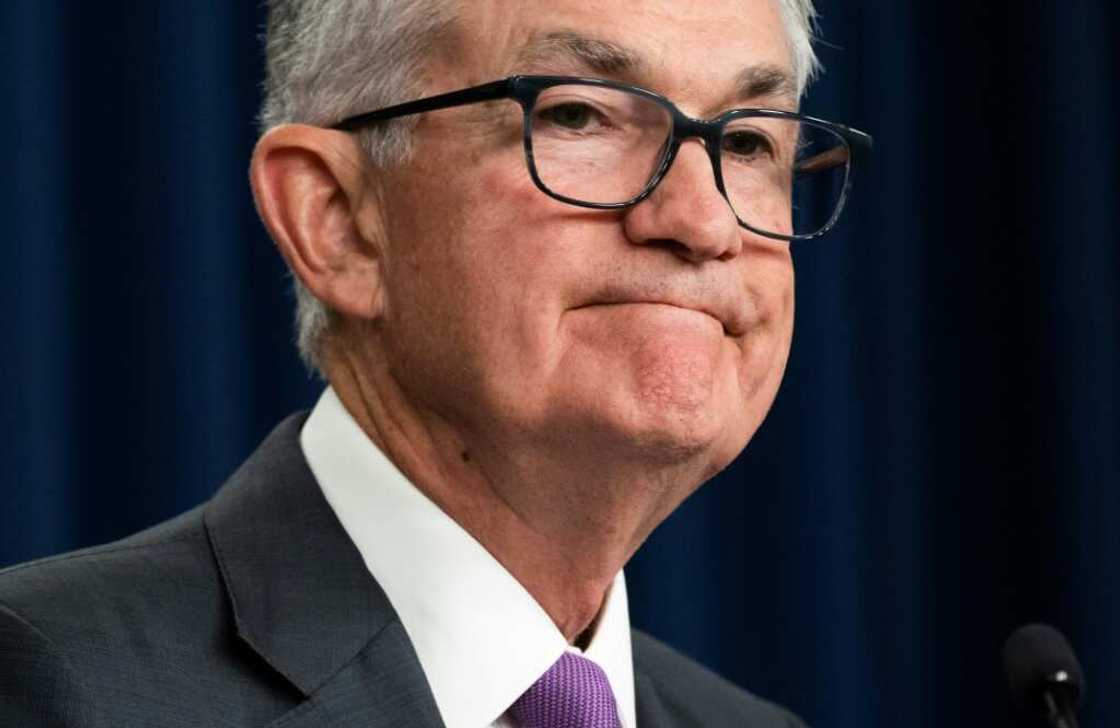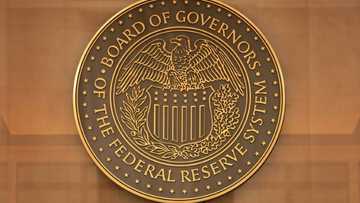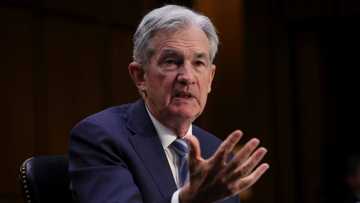US jobs market solid but Fed risks pushing too far

Source: AFP
The US labor market is remarkably solid despite aggressive interest rate hikes to fight inflation and a recent rise in unemployment, but analysts warn that the central bank risks pushing too far.
The Federal Reserve has lifted the benchmark lending rate 11 times since March last year, with consumer inflation cooling from a peak of 9.1 percent in mid-2022 to below four percent.
And Fed officials are gathering Tuesday for a two-day meeting that could see them raise rates again to lower inflation sustainably back to a two percent target -- potentially adding pressure on employment -- or hold them at current levels.
Healthy market
The Fed has a dual mandate that involves promoting stable prices and maximum employment, and walks a tightrope between lifting rates to cool the economy while averting a damaging labor market downturn.
While a rise in interest rates typically comes with an uptick in joblessness as borrowing becomes more expensive, unemployment has held at historically low levels below four percent since early 2022.
PAY ATTENTION: Follow us on Instagram - get the most important news directly in your favourite app!
And job creation is relatively high, said Moody's Investors Service senior vice president Madhavi Bokil.
"Usually when (the) unemployment rate is so low, we don't get repeatedly 200,000-plus jobs," she said, referring to the hiring pace until May this year.
High employment
In another sign of resilience, the employment-population ratio among 25-54 year-olds is close to record levels, according to economist Elise Gould of think-tank the Economic Policy Institute.
At 80.9 percent, the figure is higher than it was pre-pandemic, above the level right before the Great Recession around 2008, and just slightly below the record level in 2000.
"I think that is showing a lot of strength," she said.
While in general falling inflation is linked to rising unemployment, Bokil noted that a key factor in recent years was how households came out of the pandemic in a better economic position than before -- between forced savings and government support.
Longer lag
The effects of monetary policy are linked to credit, and higher interest rates raise borrowing costs, Bokil added.
Given that this in turn affects new borrowers or those trying to refinance their loans, "it's not surprising" to see a bigger lag between policy moves and effects on the economy.
"Because of the better balance sheets of firms, large ones especially, and households, we know there is going to be a larger lag in term of impact," she said.
While US Treasury Secretary Janet Yellen acknowledged in a CNBC interview on Monday that there are lags in the impact of monetary policy on the economy, "we still have a good healthy labor market," she said.
Risks ahead
The jobs market is cooling, but "the cooling does not involve significant layoffs," Yellen added on Monday.
The share of workers who quit their jobs -- a metric that sheds light on how hot the market is -- has moved down to pre-pandemic levels, she said.
But an issue of concern is a situation where the Fed continues raising rates and a recession occurs.
"No matter how mild,” it can still be "extremely damaging" for certain groups, Gould said.

Source: AFP
"Even more concerning to me is that we don't have safety nets like we did. We haven't fixed the unemployment insurance system and made the changes permanent," she added.
Source: AFP





